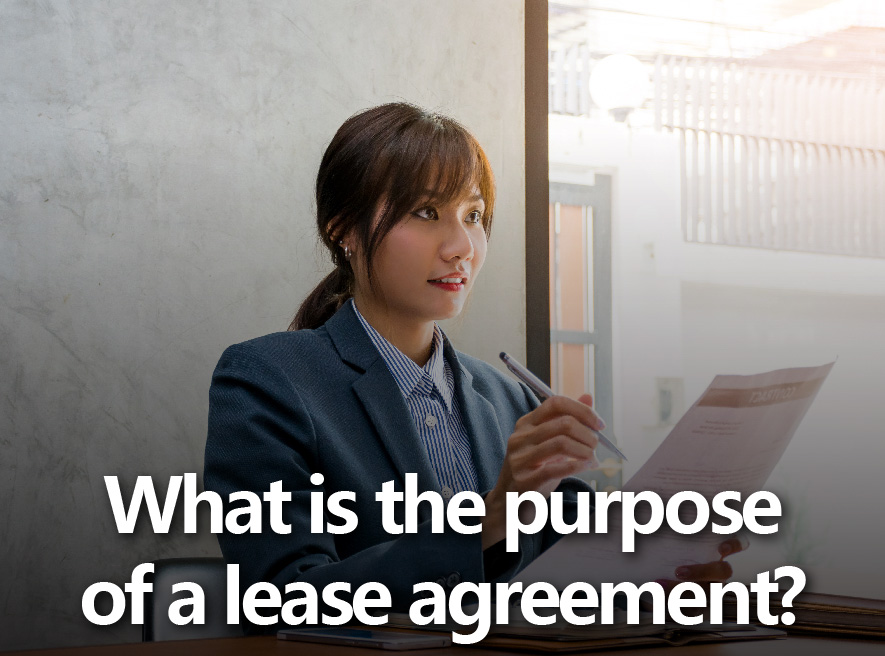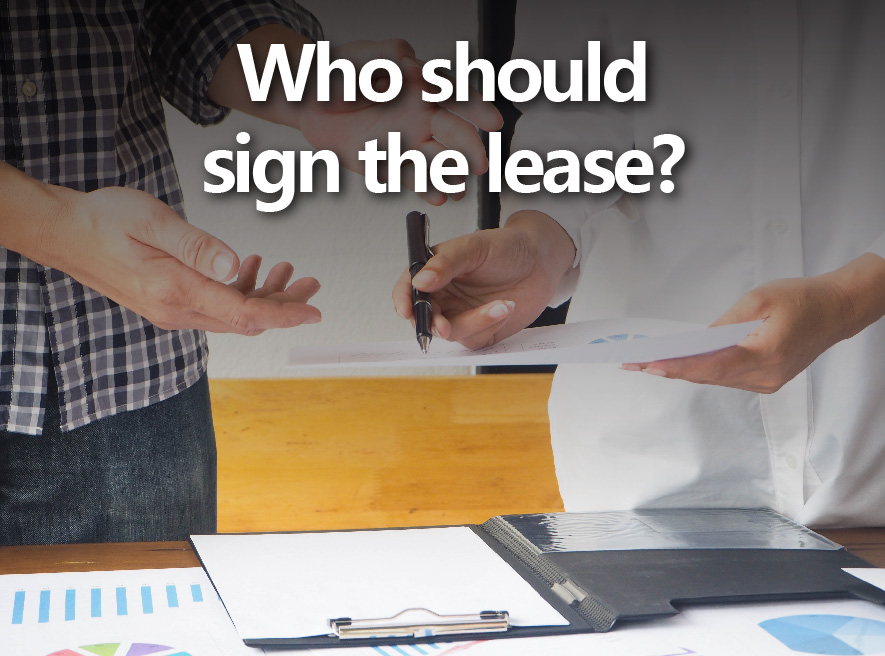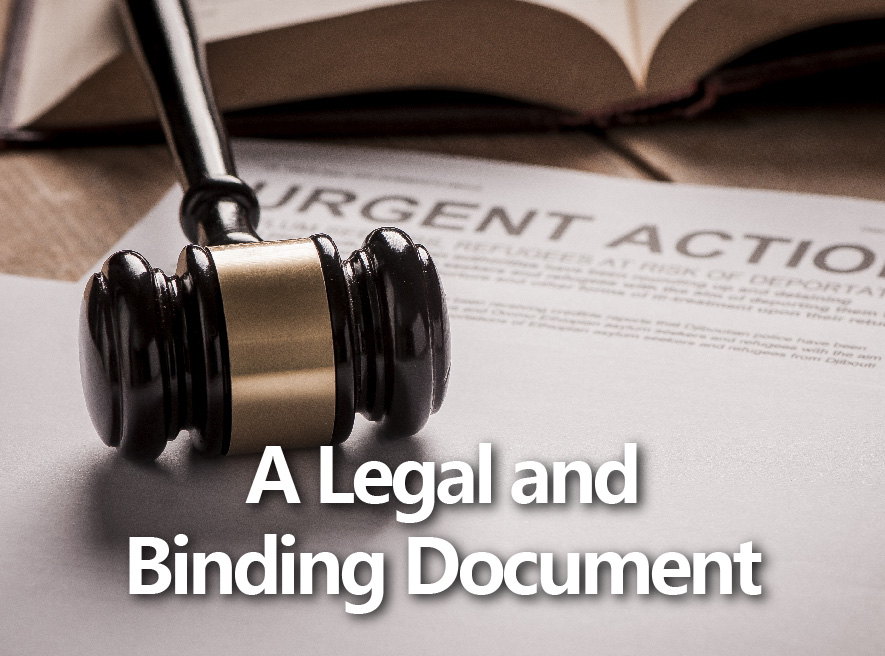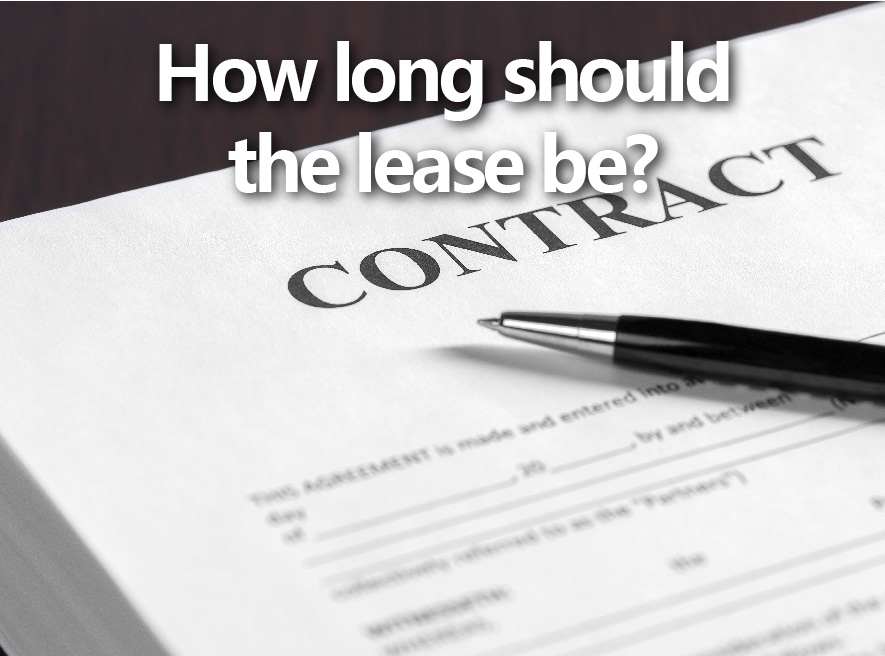If you have ever rented a property or have rented out a property of your own, then you have probably come across a lease agreement before. A lease agreement is basically a contract between a landlord and a tenant which states how much the tenant will be paying in rent every month as well as other clauses regarding the property. Like most other contracts, lease agreements may intimidate some people because the language and terminology used in them can be complex to some. However, even if you feel this way, all you need is a basic understanding of what goes into a lease agreement, and you will be able to avoid any unnecessary disagreements and/or difficulties during and after your lease is over.
Here, we will tell you what a lease agreement is and what you can expect from them.
1. What is the purpose of a lease agreement?
The lease states the responsibilities and obligations of the landlord and the tenant. It outlines what the landlord and tenant have agreed on with regards to the length of the agreement, the monthly payment, the acceptable modes of payment, and who will be responsible for the maintenance of the property. It may also include other clauses such as what will happen should the property need repairs, whether pets are allowed, and what will happen in case the tenant cannot pay rent. If either the landlord or the tenant breaks any of the terms of the agreement then the lease is no longer binding and the offending party may be subject to legal action and a financial penalty.
Keep in mind that a lease agreement can be altered prior to being signed. So if there is anything that you do not agree to or understand, make sure to discuss it with each other before signing.
2. Who should sign the lease?
The lease should be signed by the landlord, and by all the tenants who are responsible for the lease and property. All the tenants who sign need to be above the age of 18 in order to be eligible.
3. A Legal and Binding Document
Once the agreement has been signed, it governs what the landlord and tenant can and cannot do during the term of the lease. It acts as a legal and binding contract which may be used in court should any legal proceedings arise between the two parties. If there is more than one tenant responsible for the lease, a landlord can enforce the lease against all of them.
4. How long should the lease be?
A lease can be anywhere between one to twenty pages long. The length depends on the amount of information covered. The more in-depth and clear a lease is, the better. However, do not mistake a long lease for a good one.
Every lease covers certain basics; however, there will be sections that are only required in certain areas/states and some which are dependent on the property owner. It is best to consult a real estate professional when examining and creating a lease agreement.
5. Important points to keep in mind
Unless both parties agree to it, the terms of a lease cannot be changed until it expires
Once a lease expires, it does not get renewed automatically. You will need to either extend the lease or sign a new lease.
Everyone deserves a good place to call home and they shouldn’t have to worry about whether a document will change the way you live. We hope that this article has helped you understand lease agreements better and that you now know what to expect when going through a lease agreement.
Have more questions about your lease agreement? We want to hear from you, send us a message at hello@iqiglobal.com or call us at 012-299-6155 or 037-450-6655.
Liked what you read? Check out this article next: Projects in Old Klang Road 2017
Be a part of our award-winning team of investors, click here: https://goo.gl/wYgSGy
